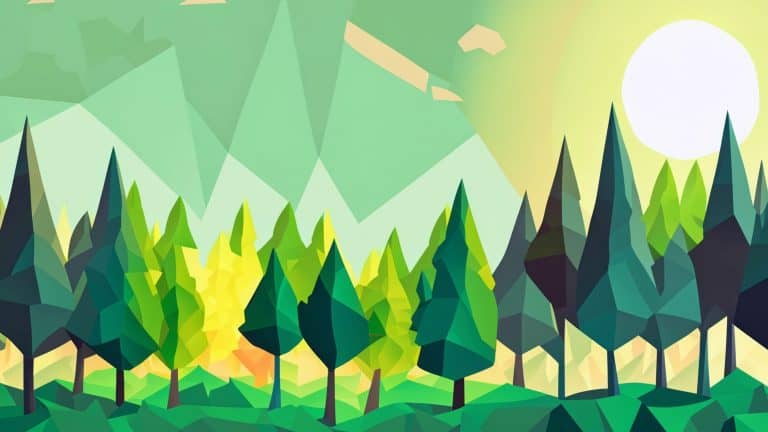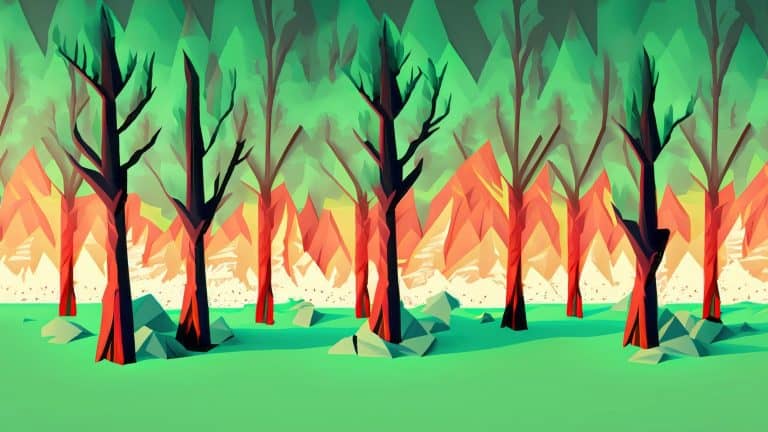Open Source Wildlife Conservation: A Comprehensive Guide
This article was previously published in our newsletter. The content may no longer be up to date.
In an era of growing ecological challenges, open source technology has emerged as a powerful tool for protecting endangered wildlife and habitats worldwide. This comprehensive guide explores the world of open source conservation, providing insights into technology projects making a real difference along with tips on how you can get involved.
Why Wildlife Conservation Matters
Protecting wildlife and preserving biodiversity is essential for maintaining balance in Earth’s ecosystems. Here are some key reasons conservation efforts are vital:
- Preventing Extinction: Many animal and plant species face extinction. Conservation helps protect threatened and endangered species.
- Ecosystem Balance: All species are interconnected. Losing one can disrupt an entire ecosystem. Conservation maintains stability.
- Scientific Value: Wildlife provides insights into biology, evolution, and more. Protecting it preserves scientific opportunities.
- Economic Benefits: Wildlife tourism provides income for communities. Conservation ensures future economic gains.
- Ethical Duty: Many believe we have an ethical obligation to protect wildlife and natural habitats.
In summary, conservation provides ecological, scientific, economic, and ethical value for current and future generations.
The Role of Technology in Conservation
Advanced technologies are revolutionizing conservation strategies. Key technological tools include:
- Camera Traps: Capture candid photos and videos of elusive wildlife. Essential for monitoring and research.
- Tracking Tags: GPS and satellite tags monitor animal locations and movements. Crucial for understanding migration.
- Drones: Drones survey landscapes and spot poachers. Help patrol protected areas.
- Sensors: Motion sensors and thermal cameras detect human-wildlife conflict. Enable preventative action.
- Data Analytics: Big data analysis reveals insights into endangered populations. Guides strategic decisions.
- Blockchain: Secure databases deter wildlife trafficking. Transparent chains of custody.
- AI: Identifies species in camera trap images. Automates insights from data.
Benefits of Tech in Conservation
Some key advantages of technology include:
- Effective monitoring and data collection on wildlife and habitats.
- Ability to track migratory patterns and range use by animals.
- Insights to inform management policies for endangered species.
- Early detection of poaching activities and human-wildlife conflict.
- Democratization of conservation efforts by reducing costs.
Overall, technology expands capabilities and amplifies the impact of conservation initiatives.
What is Open Source Conservation?
Open source conservation harnesses transparent, collaborative technology to protect wildlife and habitats. It aligns with core ethics of conservation:
- Transparency: Open designs, data, and methodologies.
- Accessibility: Removing barriers to participation.
- Collaboration: Community-driven development.
- Adaptability: Customizable for local needs.
Principles of Open Source Conservation
Open source tech embraces several key principles:
- Affordable: Reduces costs by using open source hardware/software.
- Customizable: Can modify tech for specific regions and needs.
- Transparent: Methodologies and data are publicly shared.
- Inclusive: Encourages broad participation from diverse groups.
- Ethical: Focuses on responsible innovation that minimizes harm.
Benefits of Open Source Tech
Key advantages of open source conservation technology:
- Cost Savings: Significant savings versus proprietary tech.
- Localization: Can adapt tools for specific ecosystems.
- Capacity Building: Enables knowledge transfer to communities.
- Collaboration: Fosters cooperation between conservationists.
- Ethical Innovation: Develops tech responsibly and transparently.
Overall, open source tech expands access, reduces barriers, empowers communities, and aligns with conservation values.
Real-World Examples of Open Source Conservation
Many impactful open source tech projects exist worldwide. Here are some stellar examples.
Camera Traps
Conservation Camera Trap (CCT) – Customizable, affordable camera trap running on Raspberry Pi. Used globally from rainforests to deserts.
Tsoma – Camera trap with real-time alerts when animals detected. Thwarts poaching.
Wildlife Insights – Analyzes AI-detected species in camera trap images on Google Cloud. Over 400 organizations contributing data.
Snapshot Serengeti – Crowdsourced camera trap image classification. Analyzed millions of wildlife photos.
Animal Tracking
ICARUS – Tiny solar-powered tags track global animal movements in real time.
GRANATUM – Open-hardware GPS tracking devices for small animals like rodents and lizards.
Ocean Tracking Network – Global aquatic animal tracking using acoustic tags. Research platform.
eObs – Mobile app for community-based wildlife monitoring and data collection.
Anti-Poaching Tech
Air Shepherd – Uses drones and AI to detect poachers in real time across Africa.
TrailGuard AI – Detects humans and vehicles entering protected areas using thermal camera and AI. Alerts park rangers.
Chinko Project – Mesh network of hidden sensors detects poaching activities in Central African Republic.
Data Analytics
R Programming – Open source language widely used for statistical analysis in conservation research.
Artificial Intelligence for Ecology – Open source Python tools for AI-powered analysis of ecological data.
SMART – Open source software for ranger patrol data analysis to optimize conservation tactics.
QGIS – Free open source GIS application for conservation spatial analytics and mapping.
General Platforms
Wild Me – Software platform for open source conservation tech projects. Core engine WildCAT used in 60+ countries.
Tech for Wildlife – Hub coordinating the development of ethical, open source conservation tech.
Open Ecology – Promotes open hardware and software for environmental research, including conservation.
Developing Open Source Conservation Solutions
Want to create your own open source conservation solutions? Some best practices:
- Assess conservation needs in local ecosystems. Identify technology gaps.
- Partner with communities to co-create appropriate, ethical solutions.
- Use open source software/hardware as building blocks to accelerate development.
- Make tools affordable for broad accessibility.
- Share transparently by publishing open methodologies, data, and results.
- Encourage customization to adapt tools to other regions.
- Build an engaged community of collaborators through outreach and training.
Getting Involved in Open Source Conservation
You can help open source conservation efforts in many ways:
- Use available tools for local conservation and research.
- Provide funding to enable technology development and deployment.
- Contribute specialized skills like programming, electronics, or data analysis.
- Collect and share open data to pool collective knowledge.
- Promote ethical practices that minimize environmental harm.
- Train communities in using open source conservation technology.
Additionally, you can volunteer with conservation organizations utilizing open source tech or donate hardware like Raspberry Pis and drones to help bootstrap projects.
Future Outlook for Open Source Conservation
The future growth of open source tech in conservation looks promising:
- AI integration will bring automated data analysis and insights.
- Drones and robotics will enable sophisticated real-time monitoring.
- IoT sensors will provide comprehensive, wide-scale tracking.
- Blockchain security will address vulnerabilities like wildlife trafficking.
- 3D printing will facilitate rapid prototyping and customization.
- 5G and satellite data will connect conservationists worldwide.
As technology evolves, open source solutions will continue empowering communities, increasing transparency, reducing costs, and ultimately helping wildlife thrive.
Key Takeaways on Open Source Wildlife Conservation
- Open source technology provides affordable, customizable tools aligned with conservation values.
- Camera traps, animal tracking tags, drones, and data analytics are key open source conservation technologies.
- Benefits include cost savings, accessibility, collaboration, transparency, and ethical innovation.
- Many impactful open source projects exist worldwide, including CCT, Tsoma, eObs, and SMART.
- You can get involved by using tools, providing funding, contributing skills, collecting data, and training communities.
- AI, drones, sensors, blockchain, and connectivity advances will shape the future of open source conservation.
The open source approach taps into shared ingenuity to protect endangered wildlife and habitats sustainably and ethically. By harnessing open technology, we can empower communities worldwide to become stewards of our shared natural heritage.







